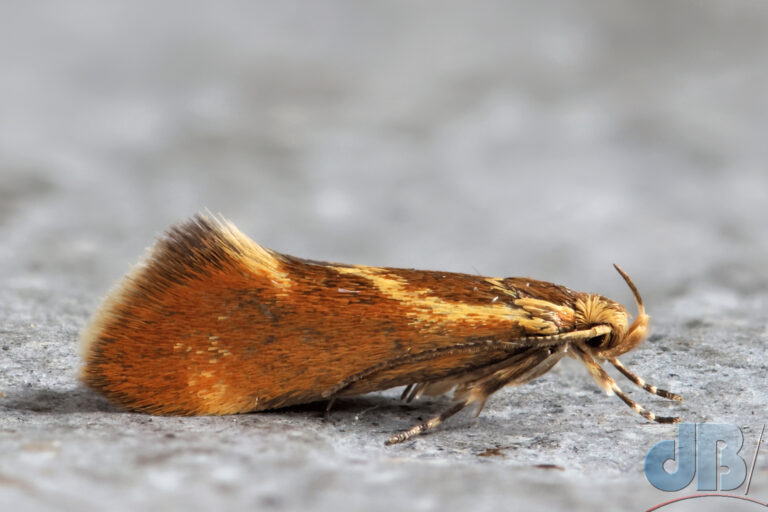When discussing wildlife (flora and fauna) the common, or vernacular, name will usually suffice, but not always. Sometimes they can bring ambiguity or confusion. If someone mentions the lychnis are they talking about the flowering plants also known as rose campion or any number of other related plant species or the moth that feeds on those plants? Knowing would likely depend on context.

Despite some people’s fear of the scientific, or “Latin”, names for the flora and fauna, they are generally unambiguous without the need for context. The Lychnis moth is Hadena bicruris, the garden plant known generically as lychnis, but perhaps more formally as Rose Campion, is Lychnis coronaria.
Confusion about lots of other species can be avoided by using the scientific binomials. If we’re talking about longhorns, are we talking beetles, moths or indeed cattle? The scientific names would remove any confusion. Scientific names do occasionally change as happened with the scientific name of the Emperor moth as long-time readers will recall. But, generally they’re not at the whim of usage and abusage. The Gypsy Moth now known as the Spongy Moth in the USA remains Lymantria dispar among lepidopterists. For more discussion on whether we need vernacular names at all, when it comes to the micro moths, have a look at my article from 28th May 2025.
This system of scientific names, which should always be italicised in print or on the web, was made formal by Swedish biologist and physician Carl Linnaeus in the 18th Century. Many people will be familiar with the format from childhood dinosaur books discussing the likes of Tyrannosaurus rex. Tyrannosaurus is the genus, and rex is the species. It can be abbreviated after first mention as T. rex. So, with the Gypsy/Spongy moth, the genus is Lymantria and the species is dispar. Nobody is scared of the name of the Terrible Lizard King, but not remember that that’s what T. rex means.
Occasionally, we see double names like Buteo buteo, which I have also mentioned before. These are tautonyms and represent the species type of the genus. The archetypal species, if you will. In this case Buteo buteo is the Common Buzzard and it is the archetypal buzzard. Hence its tautonym. A wonderful example of a trinomial is the scientific name of the Western Lowland Gorilla, it’s Gorilla gorilla gorilla. The genus is Gorilla is, the second gorilla is the species, and the third gorilla is the sub-species.
Now, there is another aspect of scientific binomials, which I’ve so far ignored and generally don’t use except in my official records of moths and birds and that is the name associated with a species classification and the year that was done. In a scientific context, we generally see the Gypsy Moth cited as: Gypsy Moth, Lymantria dispar (Linnaeus, 1758).
In this instance, Linnaeus himself was the first to make its name official, and so his name is forever associated with this species. There are dozens of other naturalists who in the 18th and 19th centuries worked as contemporaries of Linnaeus or followed in his footsteps and so we see: Fuessly (1775), Knoch (1782), Esper (1777), Poda (1761), and many others. They become familiar names to anyone recording or writing about flora and fauna.
Of course, natural science did not end with this prolific period of species naming and classification and we have lots of species with modern naturalist names and dates. Indeed, as many species go extinct, so new species are still being discovered each year whether among moths and beetles, birds and mammals, the plants, the fungi and so on.
A moth appeared in the garden last night, drawn to the UV lamp (explained here), which I’d not seen before. Its common name is the Italian Bark Moth, but it is known formally as Metalampra italica (Baldizzone, 1977). A twentieth century discovery by Baldizzone, as you can see. The species was not recorded in Britain until 2003, in Devon, when it is presumed to have been accidentally introduced. Now, it is present across England and Wales and is an established breeding resident.
If you’re using ObsIdentify, Google Lens or some other app to help you with your nature IDs, it’s worth enabling the scientific names if that’s an option not only to avoid ambiguity, but also to give you an historical insight into the species you’re watching.